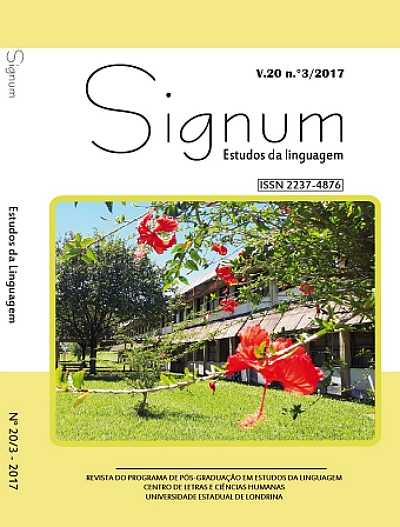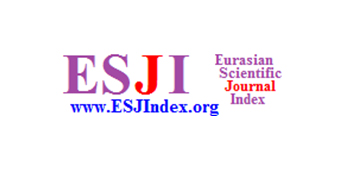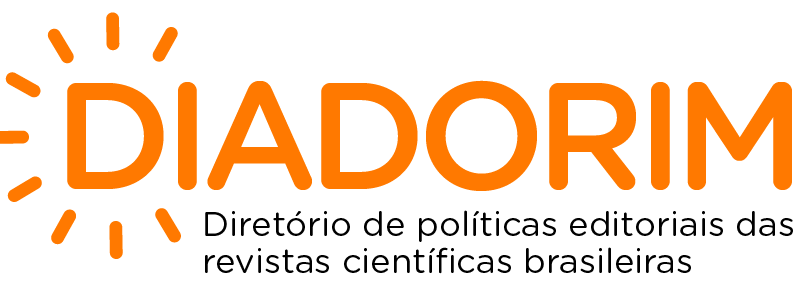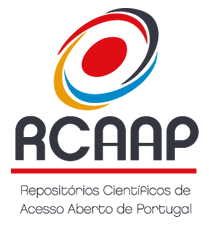A variação na expressão do futuro em língua espanhola: análise de notícias on line sobre a copa 2014
DOI:
https://doi.org/10.5433/2237-4876.2017v20n3p147Palavras-chave:
Futuro gramatical, futuro perifrástico, presente, língua espanhola.Resumo
O presente estudo tem como objetivo analisar as escolhas realizadas por jornais hispano-americanos para marcar o futuro em Língua Espanhola, haja vista que este, segundo a Real Academia Espanhola (2009), pode manifestar-se por meio de pelo menos três formas: o futuro gramatical (cantaré), o presente do indicativo com valor de futuro (canto) e a forma perifrástica constituída por IR (conjugada no presente) + A (preposição) + verbo no infinitivo (voy a cantar). Para este fim, selecionamos um corpus composto por 25 notícias on line sobre a Copa do Mundo de Futebol realizada no Brasil em junho de 2014. Foram analisadas 156 ocorrências. O corpus foi selecionado com base em cinco áreas geoletais americanas (Caribe; México e América Central; Andes; Rio da Prata e Chile). A análise feita foi de natureza variacionista, baseada no arcabouço teórico proveniente dos estudos de Labov (1972, 1978). Utilizamos o pacote GOLDVARB (2005) para indicar a influência dos grupos de fatores: agentividade, polaridade, modificadores temporais, regularidade do verbo, tipos de discurso e localização na notícia. Em relação à seleção do futuro gramatical, verificamos que são determinantes verbo agentivo e regular e discurso indireto. Já para a manifestação da forma do presente, além de verbo não agentivo e irregular, é determinante a localização na manchete. Finalmente, no que se refere ao uso da forma perifrástica, atuam como fatores determinantes verbos irregulares e ausência de modificadores temporais.
Downloads
Downloads
Publicado
Como Citar
Edição
Seção
Licença
Signum: Estudos da linguagem, publica seus artigos licenciados sob a Licença Atribuição-NãoComercial-CompartilhaIgual 4.0 Internacional. Esta licença permite que terceiros façam download e compartilhem os trabalhos em qualquer meio ou formato, desde que atribuam o devido crédito de autoria, mas sem que possam alterá-los de nenhuma forma ou utilizá-los para fins comerciais. Se você remixar, transformar ou desenvolver o material, não poderá distribuir o material modificado.


















